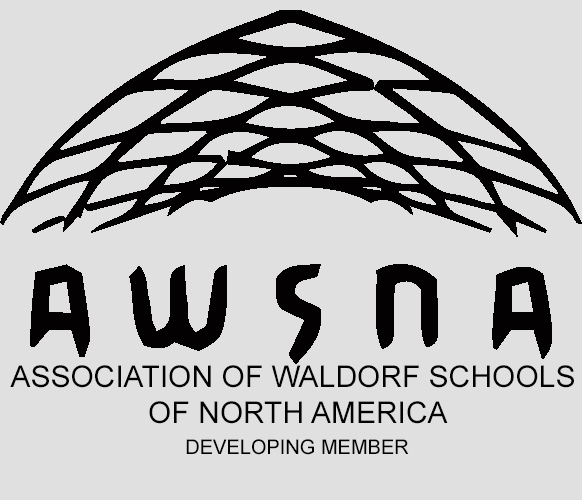From Movement Teacher Jacqueline Gabe:
In connection with the sixth grade curriculum study of the Middle Ages, every year the sixth grade students are each assigned to an adult "knight" who provides them with opportunities to be of service to others. Students are asked to visit their knight once a day for six to twelve weeks and offer their service. Students learn about the seven knightly virtues--courage, justice, mercy, generosity, nobility, hope and faith--and are asked to uphold these qualities while performing their acts of service. Some squires take up cleaning duties, others work with younger children, and still others take on the repair and upkeep of the grounds or tools.
During Medieval times, squires served under an elder, proving their capacity and building skill through on-going, dedicated work before being knighted; so, too, the OVWS students take up squire duties in preparation for the Medieval Games and their Knighting Ceremony.
In early May, sixth grade students from Lake Champlain Waldorf School will join our sixth grade students for a full day of rigorous games, challenges, and events with a Medieval flair such as knife throwing, archery, and a quest. The day culminates in the Knighting Ceremony, a truly moving, right-of-passage ceremony for the squire who worked in earnestness and with perseverance.
Following some of the ancient ceremonial protocol, each student comes forward and kneels before an elder and is recognized by his or her knight for their service with their community as witness. The knight speaks on their behalf, stating what the squire has done to be ready for knighthood. Recognizing children for their striving at an age that can be confusing and tender for the child is of great benefit, and indeed, similar rituals are taken up by other cultures and religions.
This year's Knighting Ceremony will be held on Friday, May 5, in the afternoon. All are welcome to attend!












